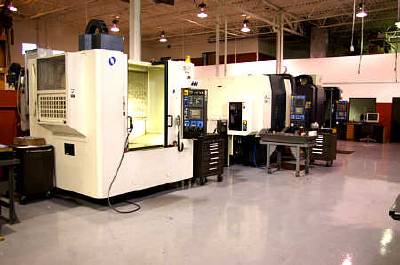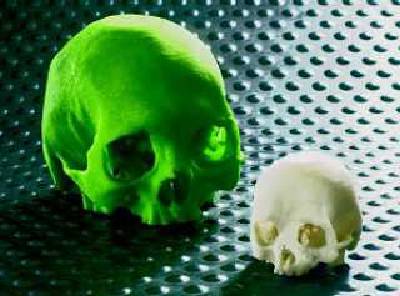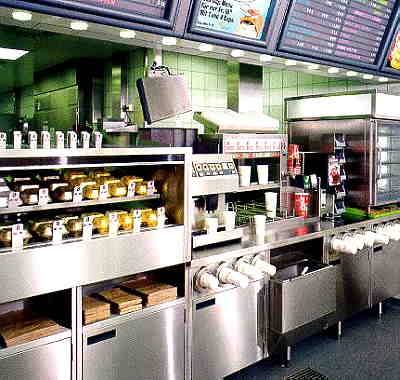 Laser Incision must take a wide variety of customer-specific requirements into account when developing and manufacturing its laser-processing equipment. These include the dimensions of the product to be processed with this equipment, spatial conditions at the customer’s facility, and requirements arising from other equipment specifications, such as parts throughput and required laser performance. Costs can be reduced by standardizing modules. A piece of equipment is assembled from existing components and is then modified according to the customer’s requirements. But such cost reductions require a high-performance CAD system.
Laser Incision must take a wide variety of customer-specific requirements into account when developing and manufacturing its laser-processing equipment. These include the dimensions of the product to be processed with this equipment, spatial conditions at the customer’s facility, and requirements arising from other equipment specifications, such as parts throughput and required laser performance. Costs can be reduced by standardizing modules. A piece of equipment is assembled from existing components and is then modified according to the customer’s requirements. But such cost reductions require a high-performance CAD system.
Choosing Autodesk Inventor
The company chose Autodesk Inventor because of its adaptive modeling concept and ease of use. Also behind this decision are the software’s versatility, demonstrated by its outstanding graphics performance and user-friendly interface. The integrated kinematics was also a deciding factor, because precise collision testing of moving parts was an important criterion for Incision Lasertec. Finally, the company liked the high degree of accuracy, augmented by implementing DesignSpace from ANSYS within Autodesk Inventor. Low training costs and simple drawing functionality also played an important role.
The Design Base
In addition to the spatial conditions for machine setup, the requirements of the product to be processed on the equipment form the basis of the design department’s task. The designers at Incision only very rarely receive prepared CAD data, so customer requirements such as product dimensions or hall plans generally have to be entered manually. All this data is used to create a project study, which forms the basis of the first Customer approval and release process, followed by the detailed design. The designers use standard components as much as possible and then modify them to comply with the customer’s requirements. Any further modifications are then made during the development process. The process is extensively supported not only by Autodesk Inventor software’s powerful modification functions, but also by its well-designed display tools. For collision detection, for example. Keeping prototype construction to a minimum. In addition, all stages of the development process are performed entirely in Autodesk Inventor, ensuring seamless data integration.
A New Dimension in 3D Design
The software also has many intelligent features that optimize the efficiency of the entire process chain. The intuitive user interface and the integrated Design Support System help the user become productive in a very short time. The segmented database makes it possible to process the most extensive Assembly designs fast and efficiently. The principle of adaptive design, which lies at the heart of the software, is of crucial importance, because it dispenses with the need for a precise definition of Complex parametric relationships for assemblies. Adaptivity in modeling gives the designer the freedom to realize geometric dependencies between components case by case. So there is no need for the otherwise rigid structure of parametric chains. Adaptivity allows the relationships between the components to be defined directly, without the designer having to adhere to a sequence in which these relationships must be defined. Another innovative tool is the Design Elements, which enable easy reuse of valuable design and manufacturing know-how. Users can combine recurring design elements to form user-specific features and at the same time store their design know-how in the geometry, because only the required dimensions are approved for modification when being inserted. This can be very useful later in manufacturing because only the available tool diameters are permitted. Design Elements can be reused by the entire design team via drag-and-drop.
Optimized Process
Using Autodesk Inventor, “around 30 percent less time is spent on design,” says Dragan Jekic, a designer at Incision Lasertec. This means that on average the company can supply new equipment to customers just two months after receiving the order. There were also benefits in the manufacturing area, because the required NC processing can now be generated based on the CAD data, using an additional application developed by the company. Incision Lasertec is also saving on the construction of prototypes, made possible by Autodesk Inventor software’s display and simulation functions. These results exceeded all expectations, and preparations are already under way to install additional CAD workstations at the company.
Incision Lasertec








